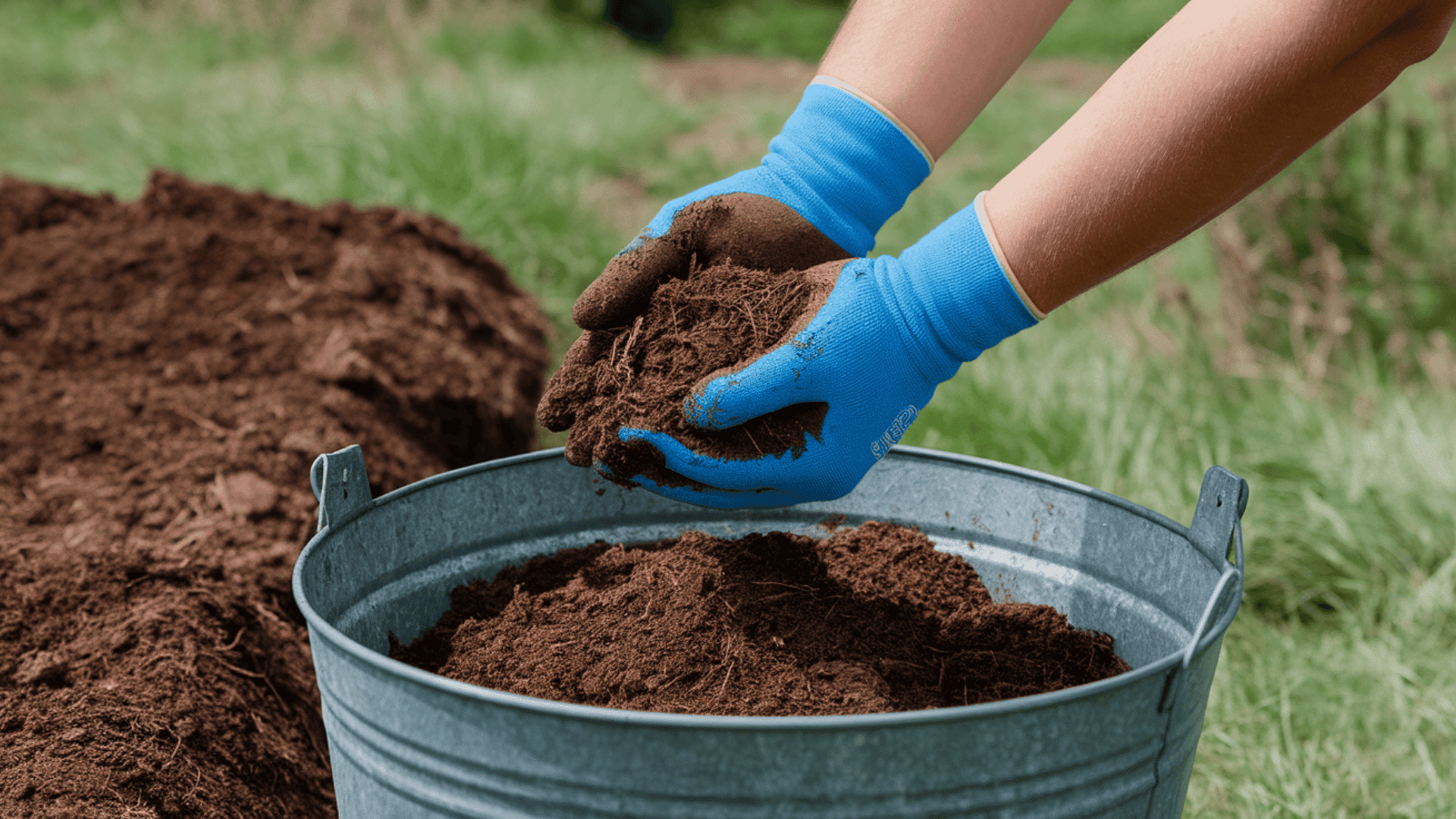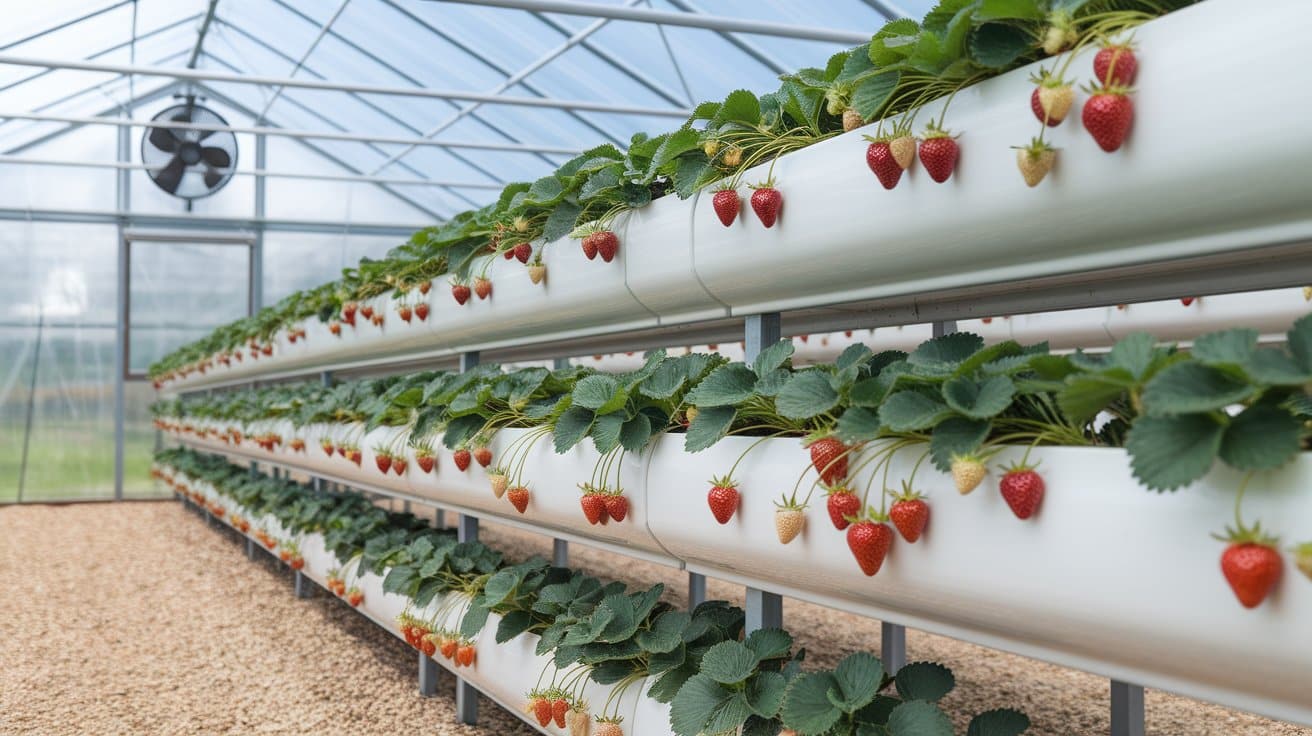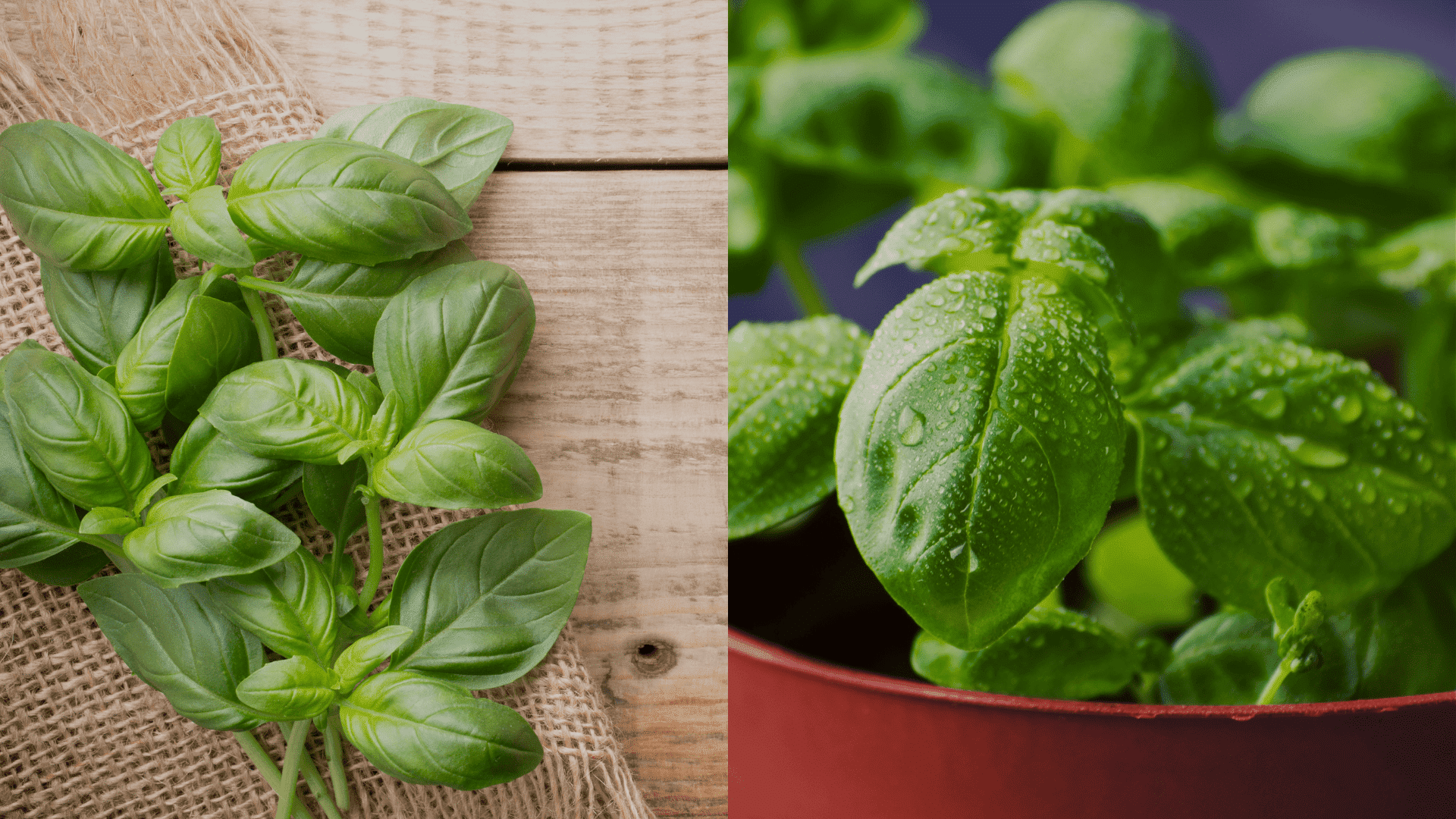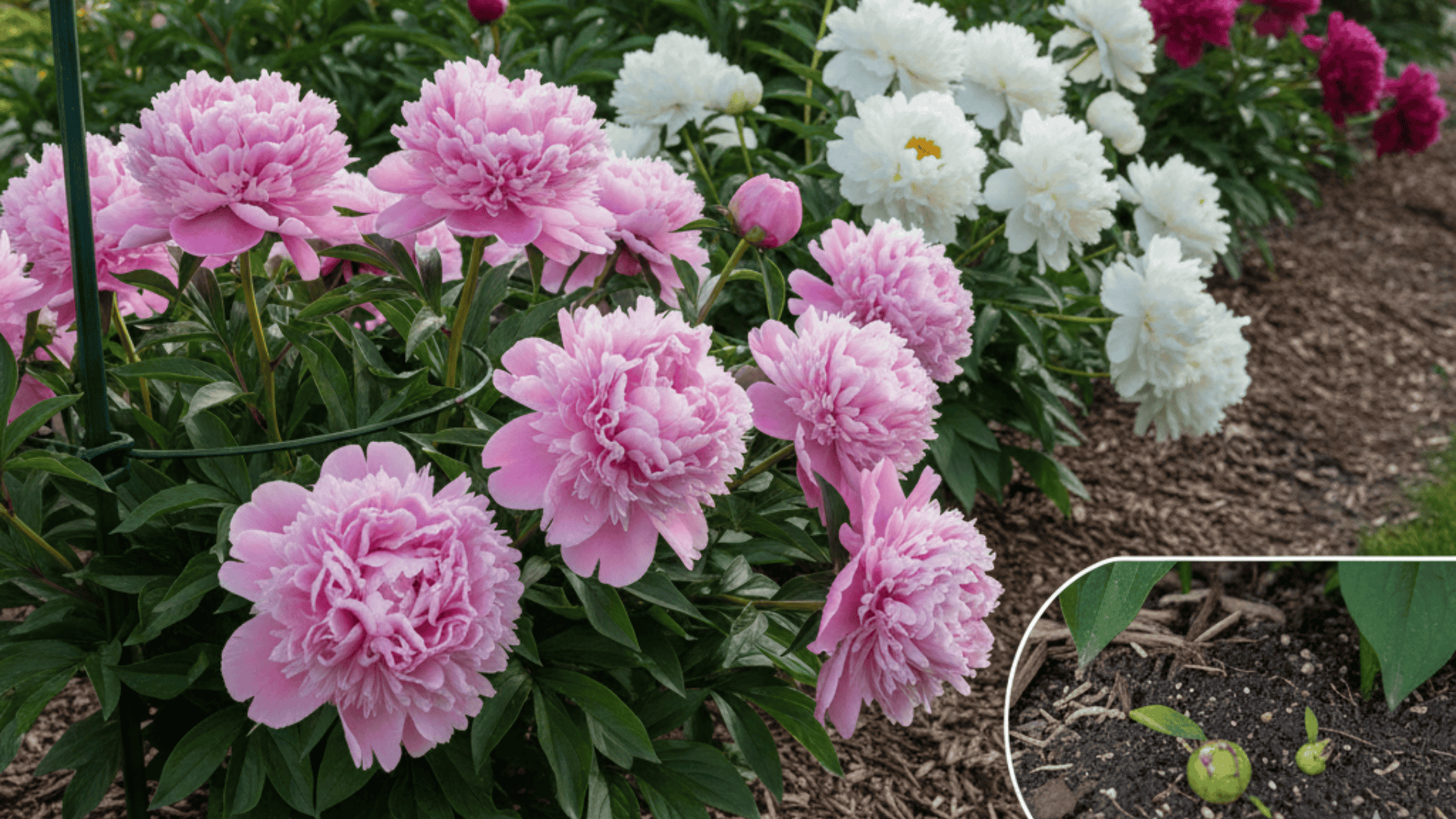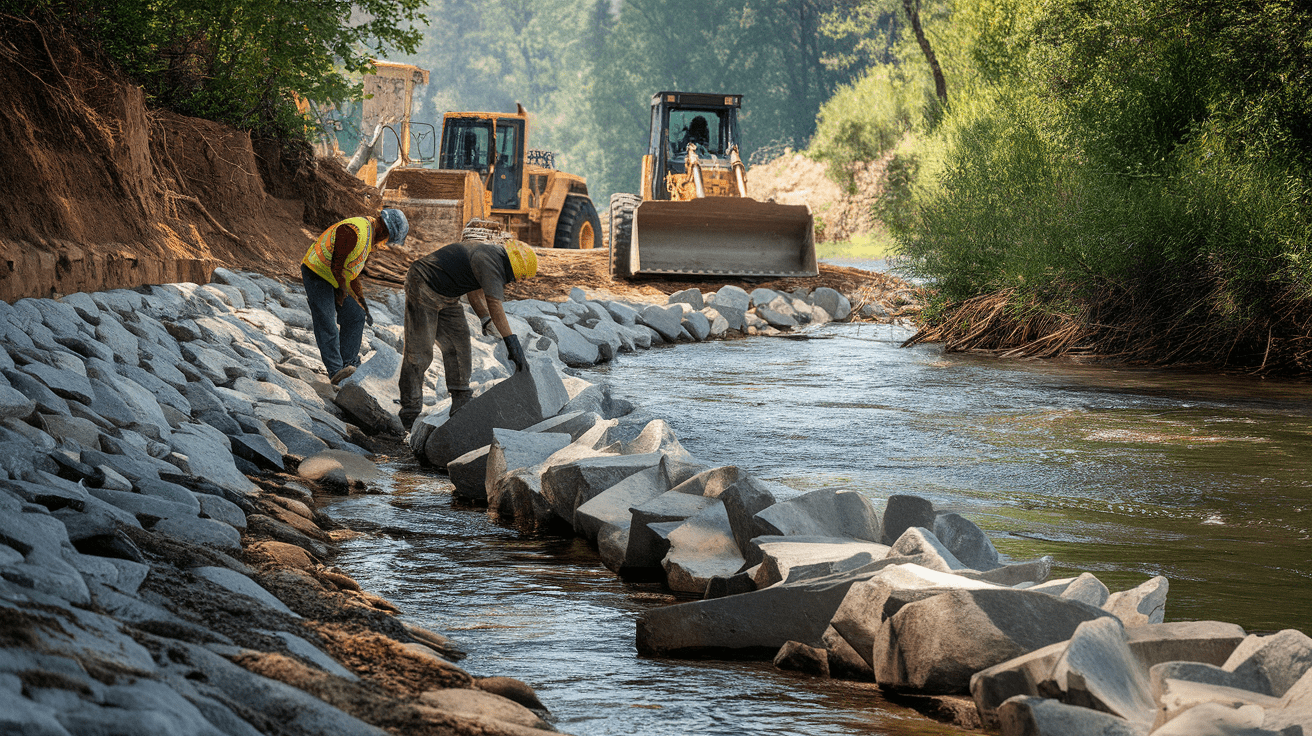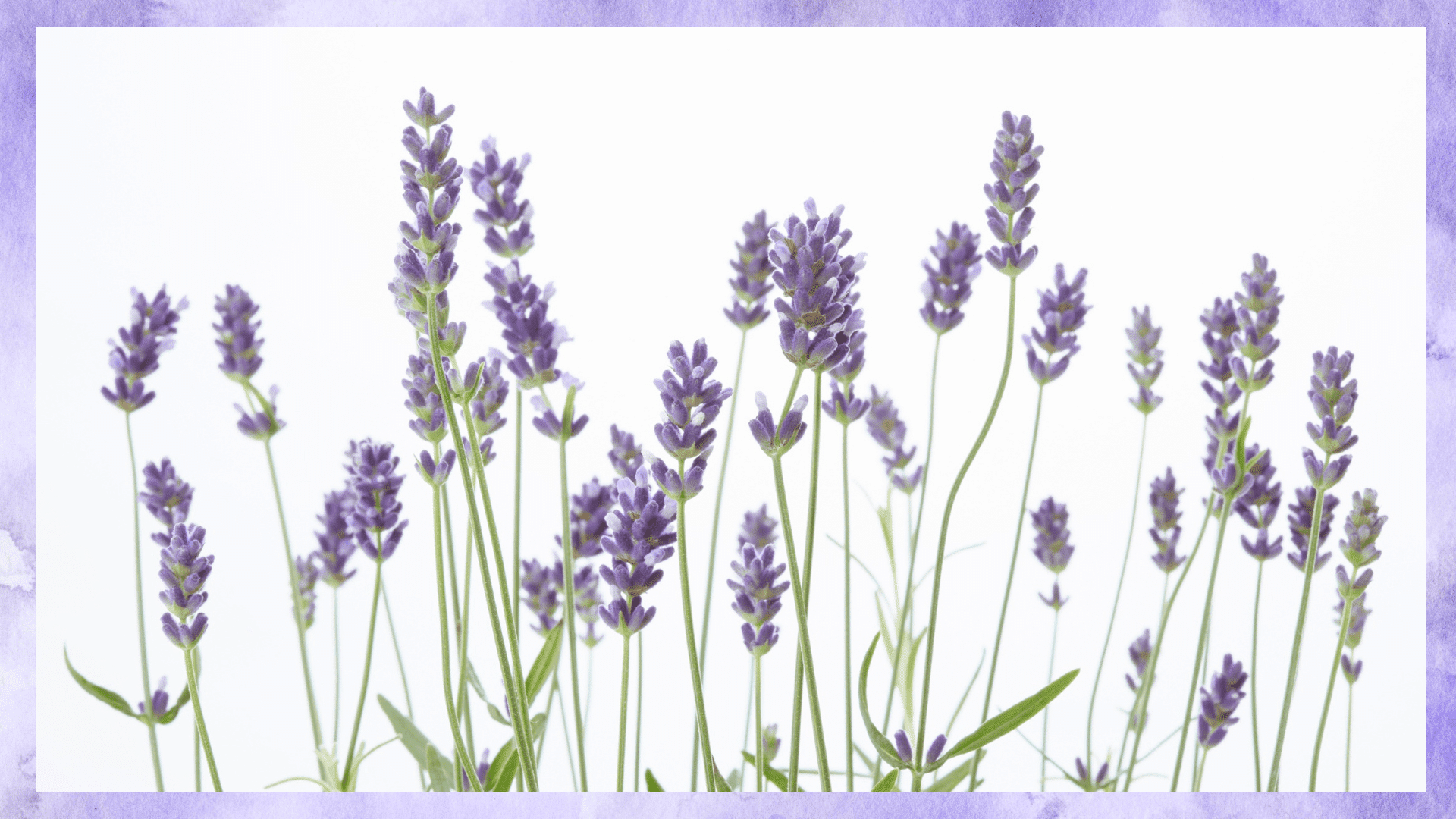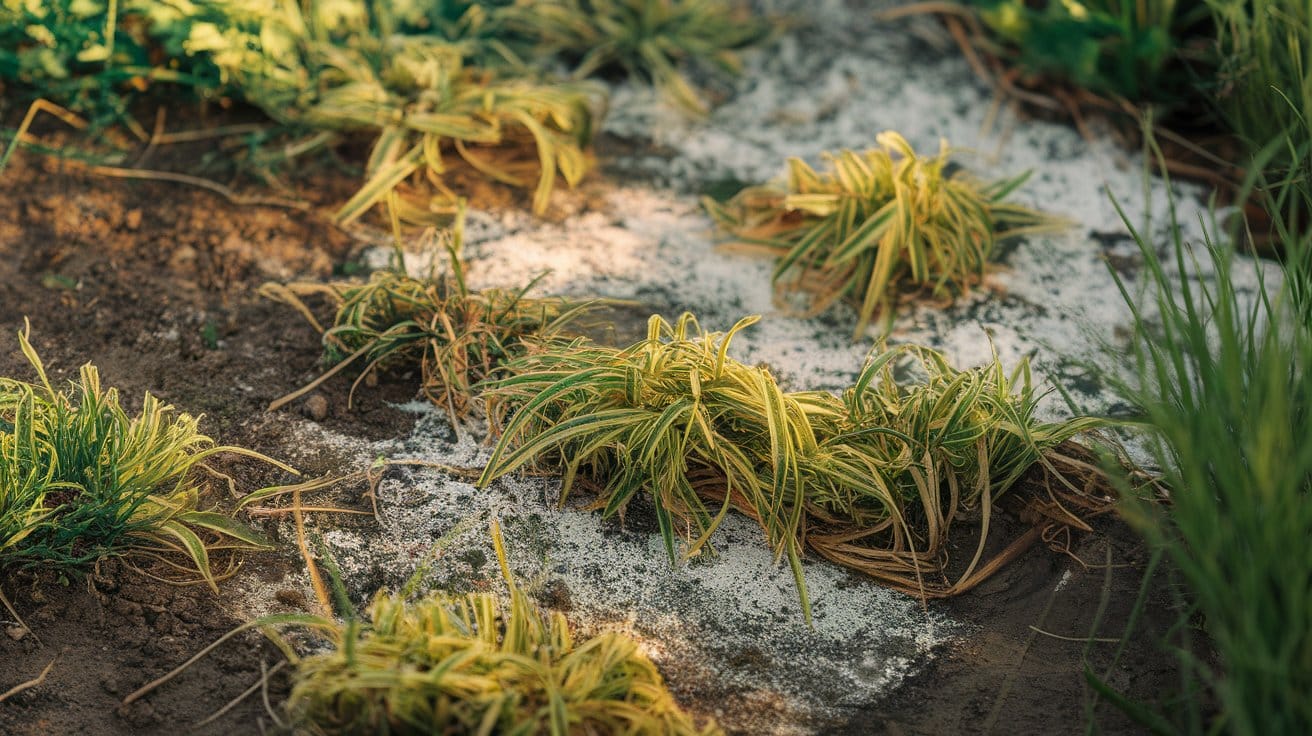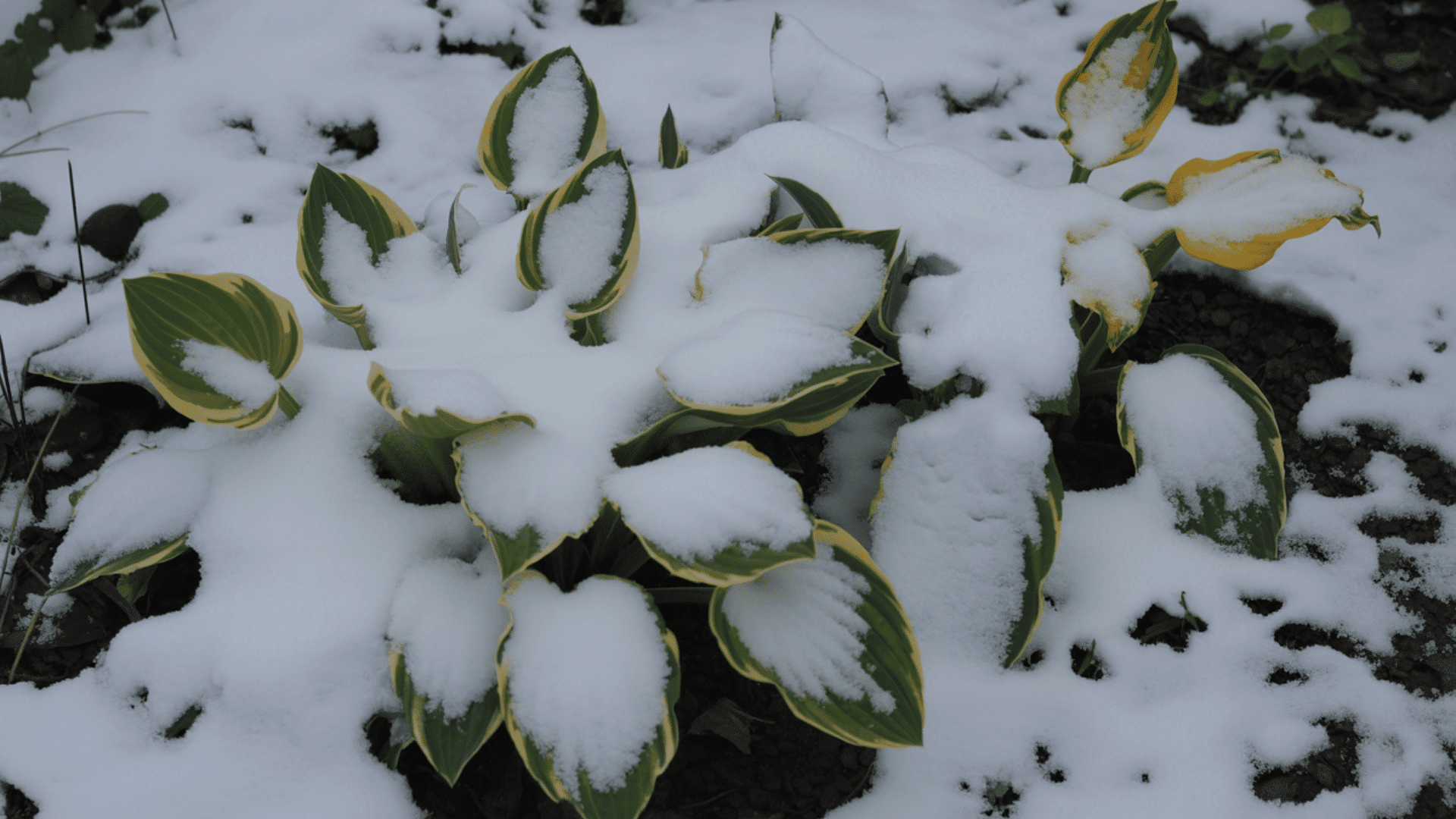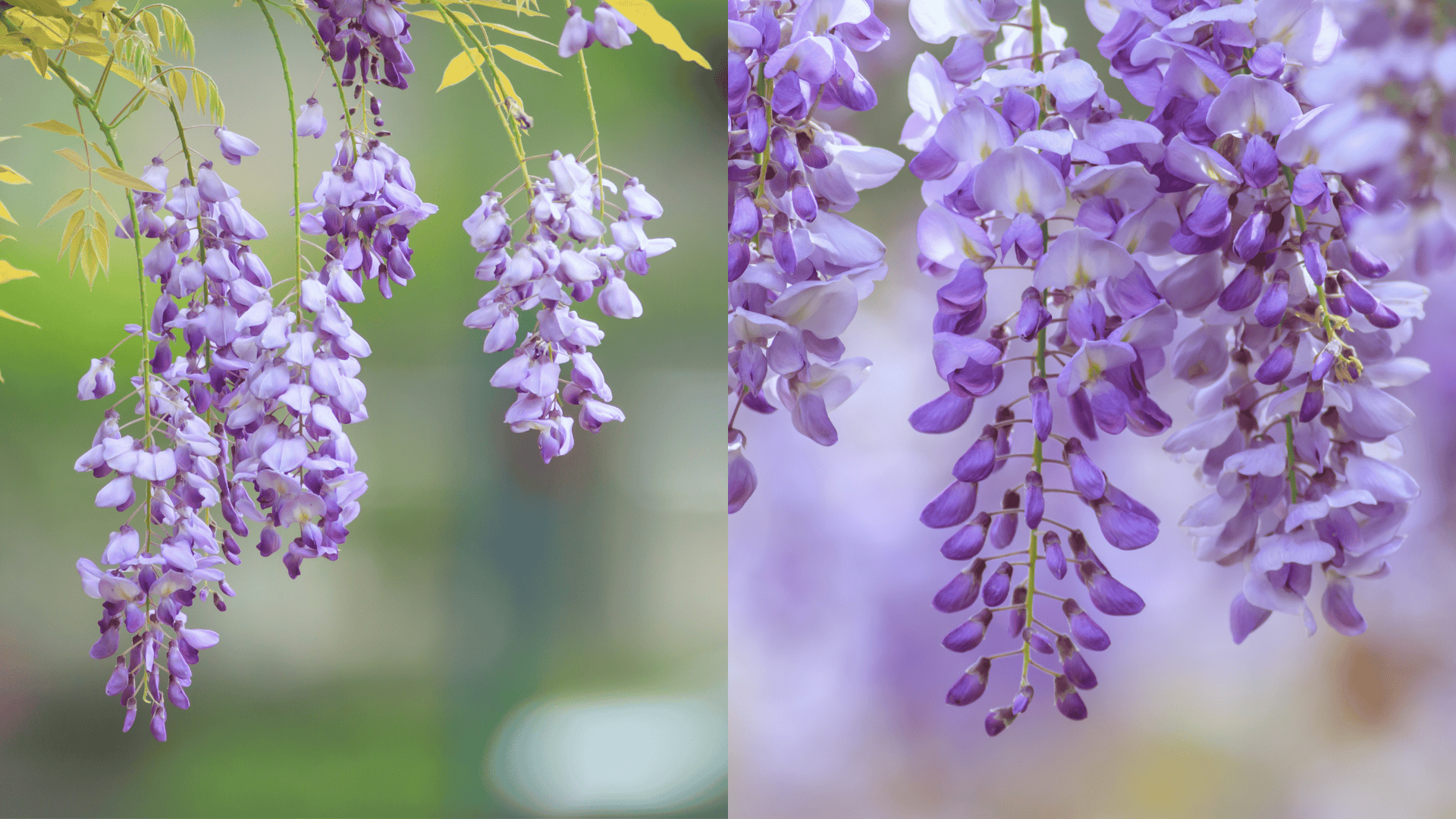Healthy soil holds the secret to every flourishing garden, but not all soil starts that way.
Years of planting, rainfall, and natural wear can leave the ground compacted and stripped of life.
When this happens, plants struggle to grow despite your best efforts. This is where knowing what a soil conditioner is can make all the difference.
Acting like a revitalizer, it restores texture, enhances moisture retention, and nurtures the living organisms that keep your soil thriving.
Before you plant another seed or water your garden again, it’s worth knowing how soil conditioners can change dull, tired ground into a rich, fertile foundation for lasting growth.
What Is Soil Conditioner?
A soil conditioner is any material, natural or synthetic, added to soil to enhance its physical qualities rather than directly feed plants.
Unlike fertilizers, which focus on providing nutrients directly to plants, soil conditioners concentrate on enhancing the soil’s structure.
Think of it as a sustainable “reset” for your soil, helping it recover from overuse, erosion, or compaction without relying solely on chemical inputs.
By improving texture and biological activity, soil conditioners create a resilient ecosystem that supports healthy plant growth while caring for the planet’s natural resources.
How Soil Conditioners Work?
Soil conditioners improve the physical, chemical, and biological properties of soil, making it more supportive for plant growth.
When mixed in, they improve the soil’s ability to hold air, water, and nutrients while creating a healthier environment for roots.
They also help balance pH levels, encourage the growth of beneficial microorganisms, and gradually improve soil structure.
Over time, this process changes compact or depleted soil into a fertile, well-balanced medium where plants can grow and thrive.
Benefits of Using Soil Conditioners
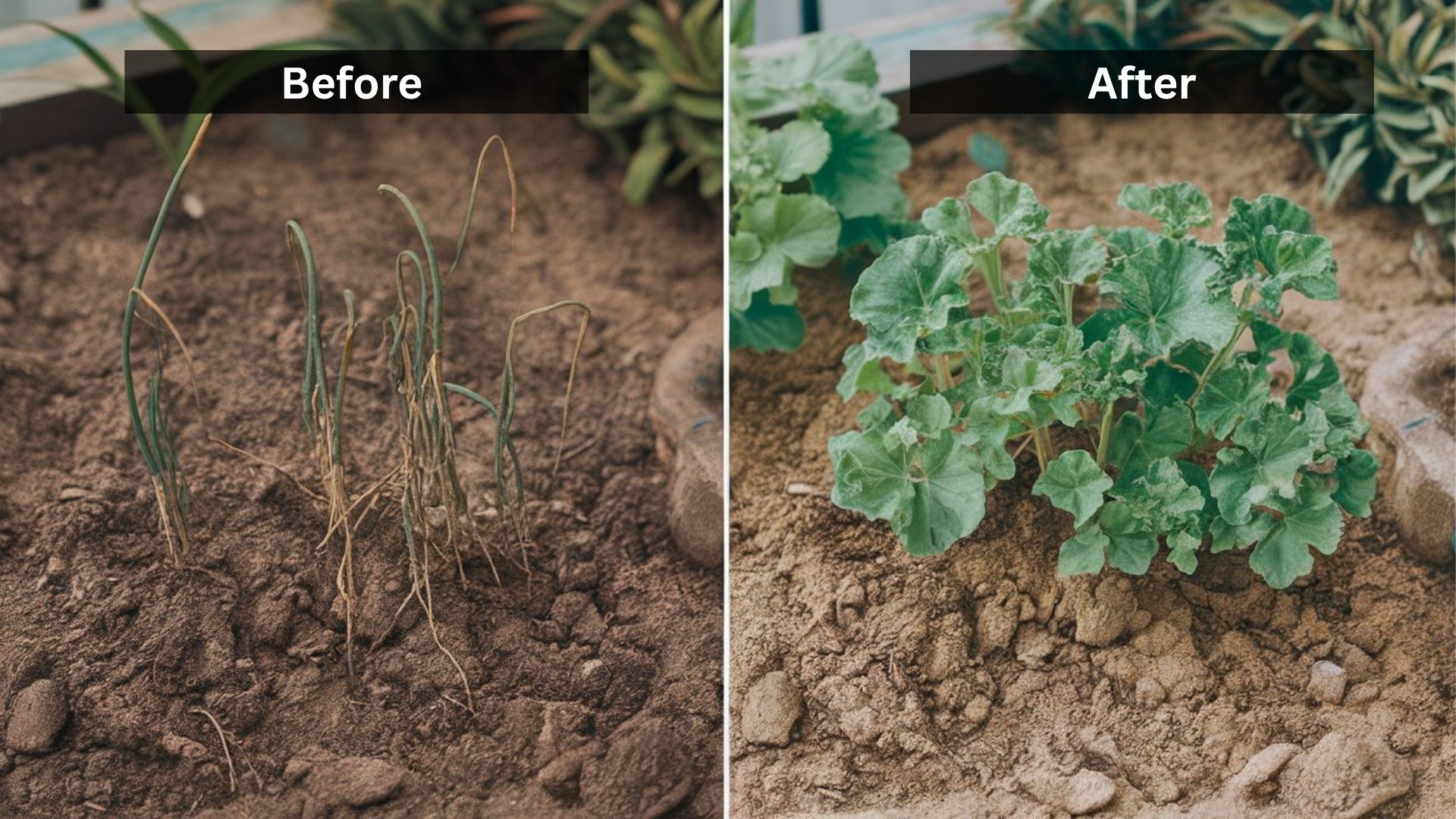
Regular use leads to healthier, more resilient soil that supports strong plant growth season after season.
Improving texture, moisture balance, and microbial activity helps create the ideal environment for roots to thrive.
1. Better Soil Structure
They create a looser, more crumbly texture that’s easier for roots to move through. This helps in both overworked garden beds and new plots with dense or compact soil.
2. Improved Drainage and Moisture Balance
Conditioners stabilize the soil’s ability to manage water, retaining it when needed and draining excess when it becomes too wet. This balance helps reduce root rot and prevent drought stress.
3. Enhanced Root Growth
As roots can spread more easily, plants grow sturdier and absorb nutrients more effectively. Stronger root systems result in healthier, longer-lived plants.
4. Increased Microbial Activity
Healthy soil teems with beneficial life. Conditioners foster this by supplying food and habitat for microbes that recycle nutrients and protect against harmful pathogens.
5. Long-Term Fertility
Rather than offering a short nutrient spike like fertilizers, conditioners provide lasting improvement. The soil becomes naturally productive and easier to maintain season after season.
6. More Resilient Plants
Plants grown in conditioned soil are better equipped to handle temperature swings, droughts, and disease pressure due to improved root and microbial health.
Types of Soil Conditioners
Different soil types and gardening goals require different kinds of conditioners to achieve the best results.
The right choice depends on your soil’s texture, nutrient levels, and drainage capacity.
Some conditioners focus on improving structure and moisture retention, while others help balance pH or add essential organic matter.
Broadly, soil conditioners are grouped into two main categories: organic and inorganic, each serving unique roles in creating healthy, productive soil.
Organic Soil Conditioners
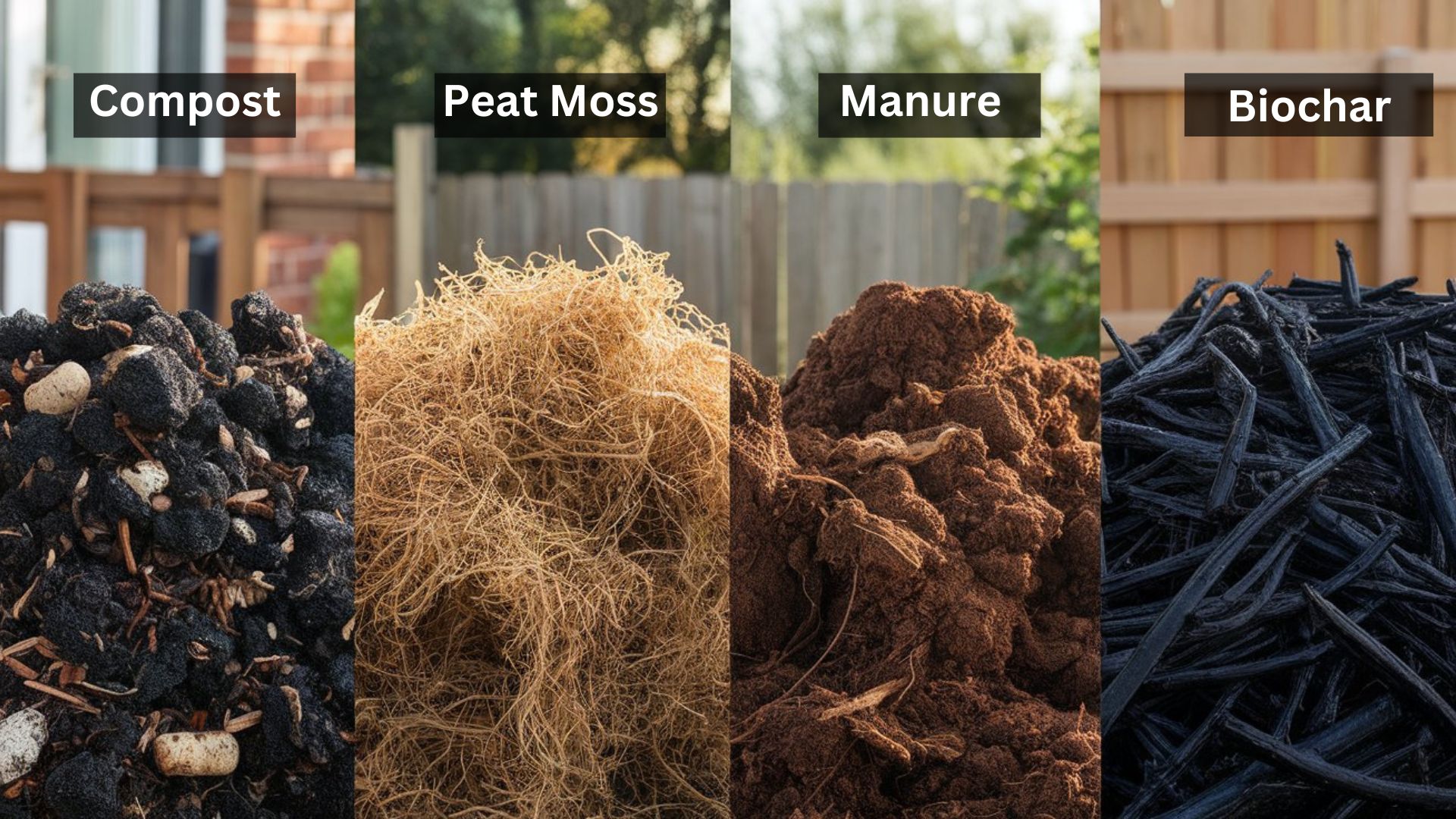
Organic soil conditioners are made from natural materials that enrich the soil while enhancing its overall structure.
- Compost is made from decomposed plant matter and adds humus, improves texture, and feeds beneficial microorganisms.
- Peat moss is highly effective at retaining water, making it especially useful in sandy or fast-draining soils.
- Manure, derived from animal waste, adds organic matter and nutrients while also improving aeration.
- Biochar, a type of charred plant material, helps lock carbon in the soil, enhances nutrient retention, and supports a thriving community of soil microbes.
Inorganic Soil Conditioners
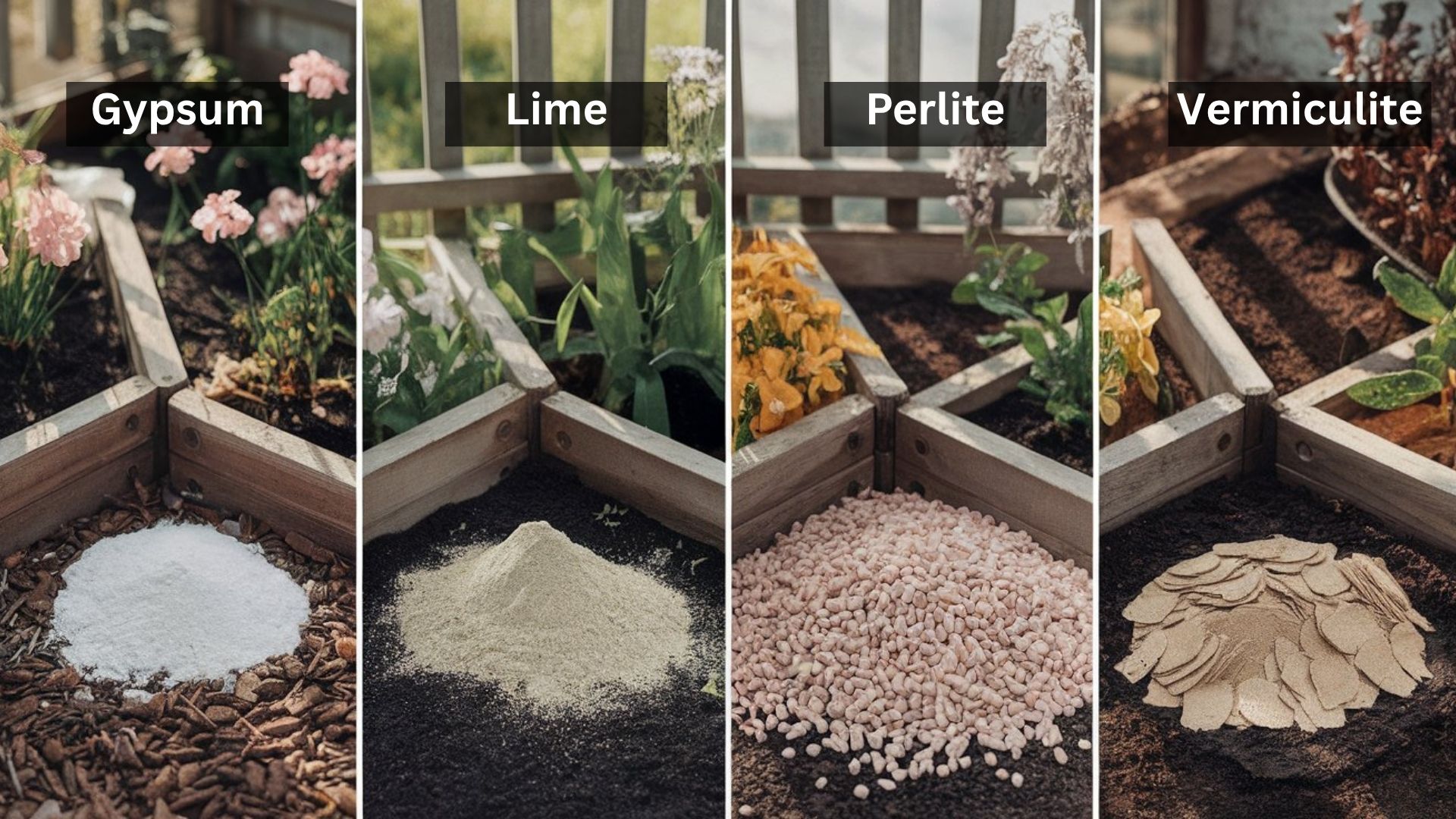
Inorganic soil conditioners are composed of minerals or synthetic materials and are specifically designed to address various soil issues.
- Gypsum is often used to break up heavy clay soils, improving both drainage and root development.
- Lime helps raise soil pH and reduce acidity, making it suitable for crops that thrive in neutral or slightly alkaline conditions.
- Perlite and vermiculite are lightweight additives that enhance aeration and drainage in potting mixes or compact garden soils, creating a better environment for healthy root growth.
Soil Conditioner vs Compost
| Feature | Soil Conditioner | Compost |
|---|---|---|
| Main Function | Enhances soil texture and structure | Adds nutrients and organic matter |
| Focus Area | Physical improvement of the soil | Nutritional enrichment |
| Material Type | Can be organic or inorganic | Always organic |
| Duration of Effect | Long-term improvement | Short to medium-term nutrient supply |
| Ideal Use | Fixing poor soil texture or drainage | Replenishing nutrients during planting |
The best approach is often to combine both by using compost to nourish plants and conditioners to enhance the soil environment’s support for growth.
When and How to Use Soil Conditioners?
Applying a soil conditioner correctly ensures your plants get the full benefit.
The right timing, amount, and method can make a noticeable difference in soil texture, moisture, and fertility.
Here are some quick tips for effective use:
- Prepare before planting: Mix into the top 6–8 inches of soil to build a healthy foundation.
- Maintain during growth: Lightly work it into the surface around plants without disturbing roots.
- Replenish after harvest: Spread a layer to restore structure and nutrients for the next cycle.
- Use the correct amount: Follow the product instructions to avoid upsetting the soil pH or nutrient levels.
- Water after applying: Helps the material settle and activate beneficial microbes.
- Repeat seasonally: Apply once or twice a year, usually in spring and fall, for lasting results.
Conclusion
A soil conditioner is more than a quick fix; it’s a long-term investment in your garden’s health.
By improving structure, moisture balance, and biological life, it changes poor or compacted soil into a thriving environment for plant growth.
For gardeners dealing with clay-heavy, sandy, or tired soil, conditioners offer a sustainable solution that keeps the ground fertile for years.
And when paired with compost, they deliver both structure and nutrients, giving your plants the best of both worlds.
Have you used a soil conditioner in your garden?
Share your experience or favorite product in the comments below; your insights might help another gardener improve their soil, too.
Frequently Asked Questions
Do Soil Conditioners Expire or Lose Effectiveness?
Most don’t expire quickly but can lose potency if stored improperly. Keep them dry, sealed, and away from sunlight to maintain quality.
Is It Necessary to Till the Soil Before Adding a Conditioner?
Tilling isn’t always required, but lightly mixing the conditioner into the top layer helps it integrate faster and reach plant roots effectively.
Can I Make a Homemade Soil Conditioner?
Yes. Crushed eggshells, compost tea, and aged manure can serve as natural conditioners that improve structure and feed beneficial microbes.
Do Soil Conditioners Attract Pests or Insects?
Generally, no, especially if applied correctly. However, overusing organic conditioners can temporarily attract fungus gnats or other decomposers.

